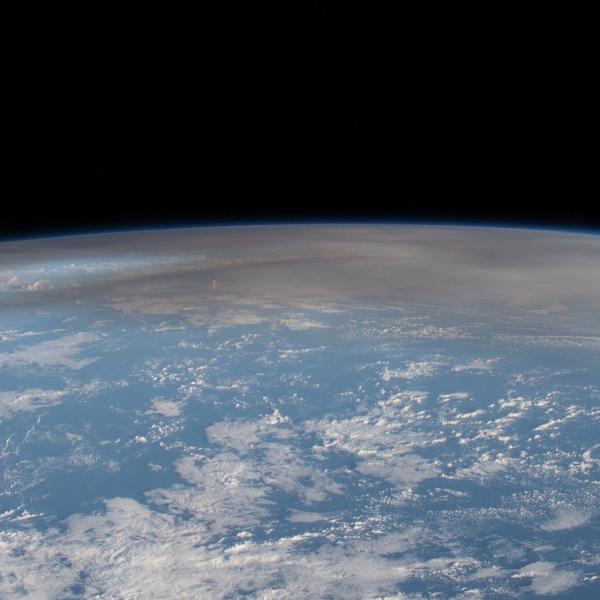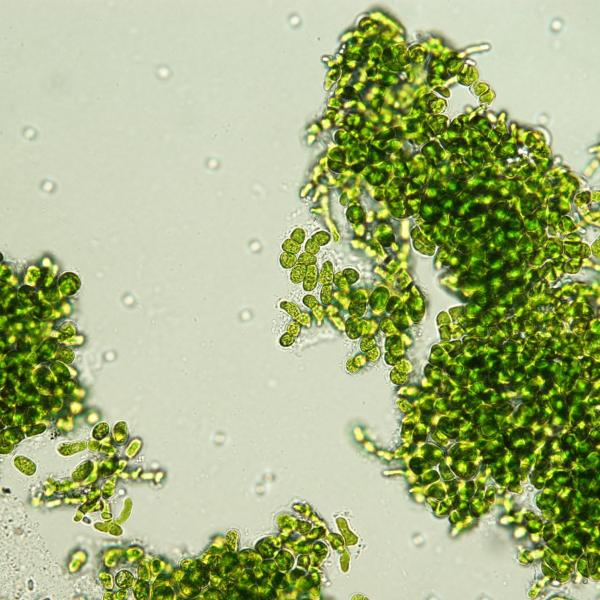CU Boulder at AGU 2022
Image credit: NASA
Experts available: American Geophysical Union Fall Meeting 2022
Chicago Online everywhere Dec. 12–16
The American Geophysical Union (AGU) Fall Meeting begins Monday, Dec. 12 in Chicago and online. Top earth and planetary scientists from CU Boulder will present their research at this conference, from new findings on transporting freeze-dried algal mats in space to the drivers of wildfire-related home losses over the past two decades. Media are invited to register for and attend AGU.
CU Boulder's earth sciences and atmospheric science disciplines ranked No. 1 and No. 2 globally in the ShanghaiRanking Consultancy’s 2022 Global Ranking of Academic Subjects (GRAS). Find more experts and story ideas through the Cooperative Institute for Research in Environmental Sciences (CIRES), a partnership of NOAA and the University of Colorado Boulder.
Earth sciences contact:Kelsey Simpkins, CU Boulder media relations
CU Boulder receives more NASA funding than any other public university in the country. Learn more about the Laboratory for Atmospheric and Space Physics (LASP) at AGU 2022.
Space sciences contact: Daniel Strain, CU Boulder media relations
Press events
Press events will take place in the Press Conference Room (N228) or Roundtable Room (N231) and stream live through Zoom, accessed through the online AGU meeting platform.
Press Conference: NOAA 2022 Arctic Report Card
Tuesday, Dec. 13
10:00 a.m. CST
Featuring Matthew Druckenmiller, research scientist at the National Snow & Ice Data Center (NSIDC) and lead editor of the Arctic Report Card.
Briefing: Debate: Which Future Climate Scenario Deserves Center Stage?
Thursday, Dec. 15
10:00 a.m. CST
Featuring Matt Burgess, assistant professor of environmental studies, faculty affiliate in economics and fellow at the Cooperative Institute for Research in Environmental Sciences (CIRES).
Research news
Highlighted talks and posters
Microbial Composition of Chlorophyte-dominated Mats in Glacial Meltwater Streams in the McMurdo Dry Valleys, Antarctica
Monday, Dec. 12
18:01 - 18:11 CST
Room S501a
Western US Snow Projections and Potential Impacts on Snow Adapted Wildlife Habitat
Monday, Dec. 12
14:45 - 18:15 CST
Poster Hall, Hall–A
Characterization of Relativistic Electron Precipitation Events Observed by the CALET Experiment Using Self-Organizing-Maps
Tuesday, Dec. 13
09:50–10:00 CST
Room S401ab
Recent advances in miniaturized energetic particle instruments for CubeSats
Wednesday, Dec. 14
14:50–15:00 CST
Room S403a
2022 Hunga-Tonga eruption: stratospheric aerosol evolution in a water-rich plume
Wednesday, Dec. 14
16:45 - 17:00 CST
Room S102cd
Exploration of Transport and Availability of Resources in Permanently Shadowed Lunar Polar Regions
Thursday, Dec. 15
15:05–15:15 CST
Room S404ab
Warming weakens the night-time barrier to global fire
Friday, Dec. 16
11:25 - 11:35 CST
Room E253cd
Drivers of Wildfire-Related Residential Structure Loss Across the Western United States (2001-2020)
Friday, Dec. 16
17:50 - 18:00 CST
Room E253cd




